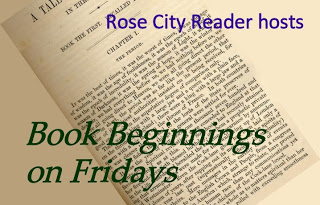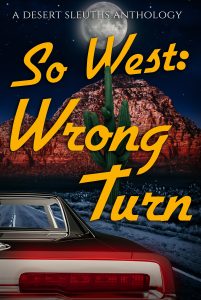Let’s examine at next novel from The Bestseller Code 100 list, Easy Prey by John Sandford, from a writer’s perspective.
This post contains a few spoilers.
Easy Prey* by John Sandford
This is the 11th mystery in the “Prey” series, featuring police detective Lucas Davenport.
Summary: When a supermodel is killed during a party, there’s a media frenzy surrounding the case. Things get even worse when it is revealed another person was also killed and one of Davenport’s own men is a suspect.
Characters
In Easy Prey, the main character of the series, Lucas Davenport, is a deputy police chief. Although he works for the city of Minneapolis, he can afford to drive a Porsche because he made a great deal of money designing some early computer simulation games, implying he’s working in law enforcement because he really enjoys it.
Author John Sandford creates many, many characters in this novel, including multiple victims, friends and relatives associated with the victims, suspects, police, sheriffs, assistant medical examiners, medical examiners, computer hacks who assist the police, etc. etc. The sheer number of characters is fascinating, especially the duplication. There isn’t one love interest, but three strong candidates and Lucas notices a couple of other women. There isn’t one initial victim, but two, and many more pile up. Lucas regularly reports to not one boss, but both the Chief of Police and the Mayor, who seem to travel in pairs. The good news is each of the characters is given a recognizable name and enough individual details to help keep them separate in the reader’s mind.
In a recent interview (video in this post), Sandford revealed that in his later books he felt Davenport had started to “direct traffic” rather than investigate, meaning his law enforcement team had become large and cumbersome. To overcome that problem in the most recent novel Davenport goes to work for the U.S. Marshals Service, becoming a lone investigator with a minimal number of assistants.
Setting of Easy Prey
As mentioned, the book is set in Minnesota, primarily in the cities of Minneapolis and St. Paul. Throughout the book the characters visit local sites, such as the Mall of America.
Sandford says when Davenport works for the city he can develop a level of intimacy with his setting. He knows the locations where crimes are likely to occur and he also knows who to talk to in order to get the inside scoop. In later books, he moves to a statewide agency, where his knowledge is still useful, but more diluted. As a U.S. Marshal (in the latest book) the crimes he investigates might be anywhere in the U.S. and, as Sandford notes, it is like he’s been “thrown into the ocean.” From the writer’s perspective it shows how setting can constrain or control a character.

Public domain photo via VisualHunt
Plot
Not your standard mystery novel, Easy Prey has a convoluted plot with multiple killers who have a range of motives. Readers who like to solve the mystery alongside the detective will be disappointed when one of the killers comes out of left field.
Themes/Topics
Although Sandford is the first to admit that he writes entertaining genre fiction, he does throw in some deeper material. For example, his main character Davenport has a running discussion with an ex-college girlfriend Catrin about her emerging midlife crisis. She put her a career aside in the past to raise her children. Now she feels like she missed something and she regrets having been in the “background of someone else’s movie” when she could have starred in her own. Whether or not you agree with Davenport’s response (either choice will cause regrets), it is not the type of material a reader expects in a detective novel.
Comments
Easy Prey is an entertaining novel. It is also relatively easy to read, especially compared to some others in our challenge, but that isn’t to say the novel is lightweight. Based on elements such as the complexity of the plot and sheer number of characters, it has many things to teach an aspiring writer.
Have you read Easy Prey by John Sandford? We’d love to hear your thoughts.
______________________________
Newest book in the series:
Golden Prey by John Sandford
Published April 25, 2017 – Number 27 in the “Prey” series
__________________
What are we reading next?
If you ever have questions about what we are reading next or when we’re starting the next discussion, check the 100 Book List tab in the navigation bar at the top of the blog.
The next book is number 85. The Klone and I by Danielle Steel (1998) – Discussion begins June 12, 2017.
Touted as a high-tech love story.
















